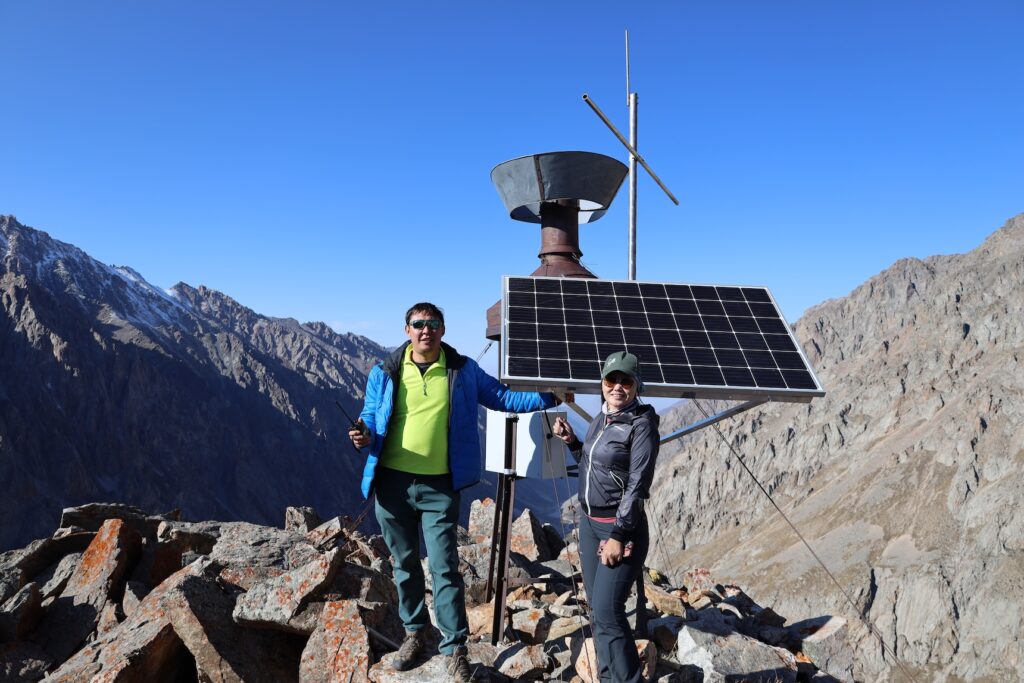Ever wondered how the Internet stays on? It’s all about Resilience!
We’ve all experienced it, that frustrating moment when the Internet cuts out. Maybe it’s just for a few minutes, or perhaps a longer, more impactful outage. But have you ever wondered why, despite all the challenges, the Internet often manages to stay on? The secret lies in something called Internet Resilience.
What is Internet Resilience?
A resilient Internet connection is one that can continue to function at an acceptable level even when things go wrong. Think of it like a city road network: if one road closes, there are other roads you can take to reach your destination. Challenges could range from a sudden surge in Internet usage to suspicious activity or unexpected physical damage to cables.
Why should we care about a Resilient Internet?
The importance of a reliable Internet became clear during the COVID-19 pandemic, when everyone relied on it for work, school, and staying connected. Without a resilient Internet, outages can become more frequent and last longer, making it difficult for students to learn, businesses to operate, and communities to thrive. When the Internet is unreliable, people lose trust and motivation to utilize it to its full potential, with significant consequences in our daily lives.
What makes the Internet Resilient?
Building a resilient Internet isn’t just about technology; it’s about a holistic approach that covers several key areas, such as:
- Infrastructure: This refers to having a sufficient number of physical cables, towers, and connections in place to support the network. It also involves having “backup” systems and redundant connections so that if one part fails, there’s another to take its place.
- Security: Just as we protect our homes, networks need to be secured against intentional attacks or accidental disruptions. Adopting the best current security practices helps the network resist these challenges.
- Performance: A resilient Internet also provides seamless, reliable, and fast access to online services, allowing videos to stream without buffering and websites to load quickly, for example.
- Market Readiness: When there are many diverse providers, it encourages better services, fair prices, and overall investment in infrastructure, benefiting the end-users.
How local connections make a difference?
A notable example of resilience in action occurred in 2024, when multiple international undersea cables connecting countries in Africa were cut. This could have caused widespread, long-lasting outages. However, due to local networks connecting directly with each other (known as peering) and special connection points (Internet Exchange Points, or IXPs), local Internet traffic continued to flow. Some countries even had locally cached content, meaning popular websites and videos were stored closer to users, so they could still access historical versions even when international connections were down. These efforts reduced the impact and length of the disruption, showing the power of local resilience.
What can we do to support a resilient Internet?
Organizations like the Internet Society and the Internet Society Foundation are working globally to measure resilience and support communities in building stronger, more reliable Internet connections for everyone.
Here are two great examples from the Research grant program of how our grantee community projects can contribute to a more resilient Internet:
- The University of Oregon led the research project ‘How to Address Climate Change Risks by Enhancing Internet Infrastructure Resiliency’, which developed a first-of-its-kind framework for assessing and quantifying the impact of climate change-induced risks and to understand the overall resilience of Internet infrastructure in the Pacific Northwest. This region is one of the largest Internet infrastructure hubs for several cloud and content providers, research networks, colocation facilities, and submarine cable deployments. The project significantly advanced the understanding of Internet resiliency by bridging academic research with emergency response applications, laying the foundation for more resilient communication ecosystems in hazard-prone regions.
- The Internet Society Kyrgyzstan Chapter led the research project ‘Scaling up open and green IoT infrastructure for environmental monitoring and disaster risk reduction (DDR) in landlocked and mountainous countries’. Kyrgyzstan is part of the Third Pole region that faces critical gaps in climate data collection due to limited access to affordable monitoring systems. The research demonstrated how the scaled deployment of sustainable sensor networks, along with energy-efficient and low-cost communications infrastructure, can provide crucial climate data while remaining financially and technically feasible in regions under extremely harsh environmental conditions, such as those prone to multiple natural disasters.

Moreover, as daily Internet users, when we experience performance issues, outages, or shutdowns, we should report them to help bring attention to areas that need improvement. Local Internet Service Providers (ISPs) can take action to use the latest technologies and best practices to strengthen and protect the networks. Additionally, engaging with local, regional, or national government representatives to advocate for policies that promote competition and investment in Internet infrastructure also contributes to Internet resilience.
Internet resilience enables an open, globally connected, secure, and trustworthy Internet for Everyone, a resource that enriches people’s lives.
For more information about Internet resiliency: Internet Resiliency Index.
